Prof Anitha Kurup: Championing women in STEM through actionable research
The Head of Education Programme at the National Institute of Advanced Studies, Kurup has done extensive research on education, particularly on women in STEM, to pioneer initiatives and policy changes in that field.
By Sreshtha Mondal
| Posted on March 13, 2024
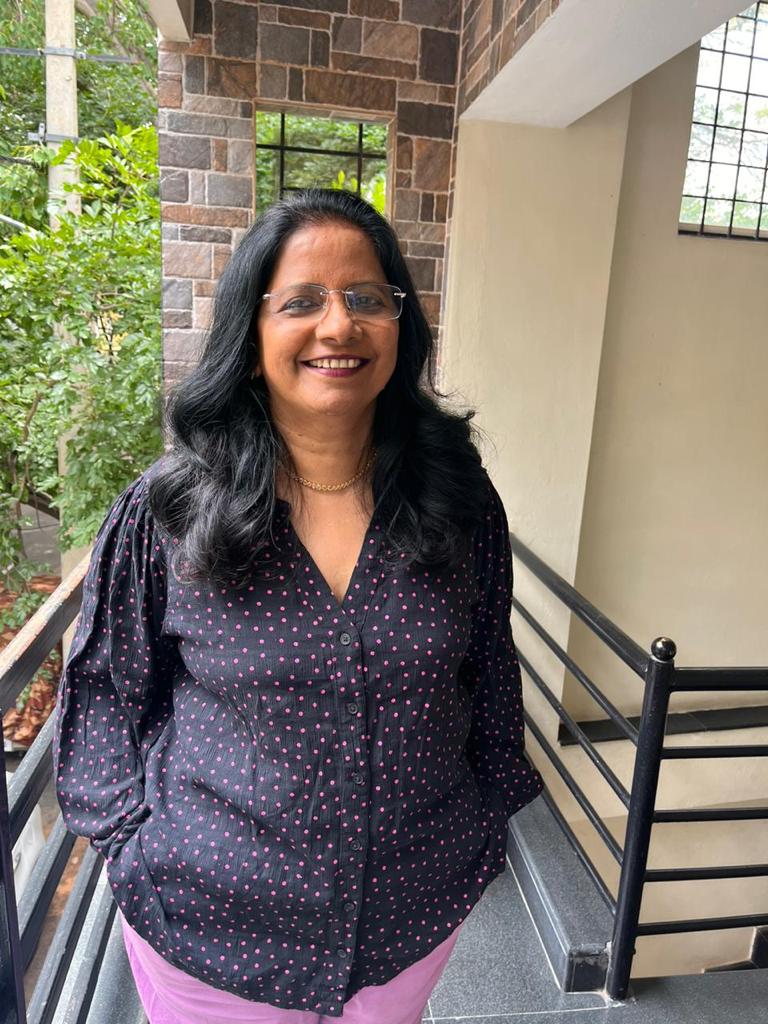
Hailing from a middle class family in Bengaluru, Anitha Kurup toyed with the idea of pursuing engineering due to her interest in mathematics. However, her dream was shattered when she lost the government engineering seat by just one mark. Her father’s decision not to let her join an aided engineering college forced her into a BSc course in Physics, Chemistry, and Maths.
She chose Christ College as suggested by her pre-university Maths teacher, but there were only 20 girls in the institution. After graduation, she enrolled for MSc Education in Mysuru, but could not continue the course due to the hostile environment on campus.
Returning to Bengaluru, only the BEd course was open for admission, so she enrolled there and completed her MEd from Bangalore University. Despite hailing from a traditional family, she was determined to continue her education even after marriage and meticulously planned her PhD studies in Sociology of Education from the Institute for Social and Economic Change.
In the early stages of her first pregnancy, she did field studies in a remote village, took 90-day maternity leave towards the last term and used that time to complete the survey analysis. Armed with the confidence of STEM-based undergraduate studies, she did quantitative research in education, a field generally known for qualitative work, thanks to the autonomy given by her PhD supervisor.
Subsequently, Kurup joined the National Institute of Advanced Studies (NIAS) in Bengaluru, where her training in gender studies sharpened. She continued her interdisciplinary research in education on various themes, such as the education of gifted children, besides combining her experience and passion for women in science with education. Kurup believes young people in rural areas need role models in STEM closer to their homes, and technology could help bridge the gap. With a career spanning over three decades, Professor Kurup (59) serves as the Head of Education Programme and Head of Education for the Gifted and Talented at the institute.
With over 87 publications across different formats, excluding outreach-related articles, her contributions to education research and women in STEM range from research articles to policy contributions, book chapters and more. Aashima Dogra, a freelance science writer-editor known for her work Lab Hopping (co-authored with Nandita Jayaraj), says Kurup’s contributions to contemporary issues of women in science in India have been crucial to her work on gender and science. Dogra’s interactions with Kurup led the former to “a nuanced understanding of how to navigate the discourse on women in science at Indian Institutions”.
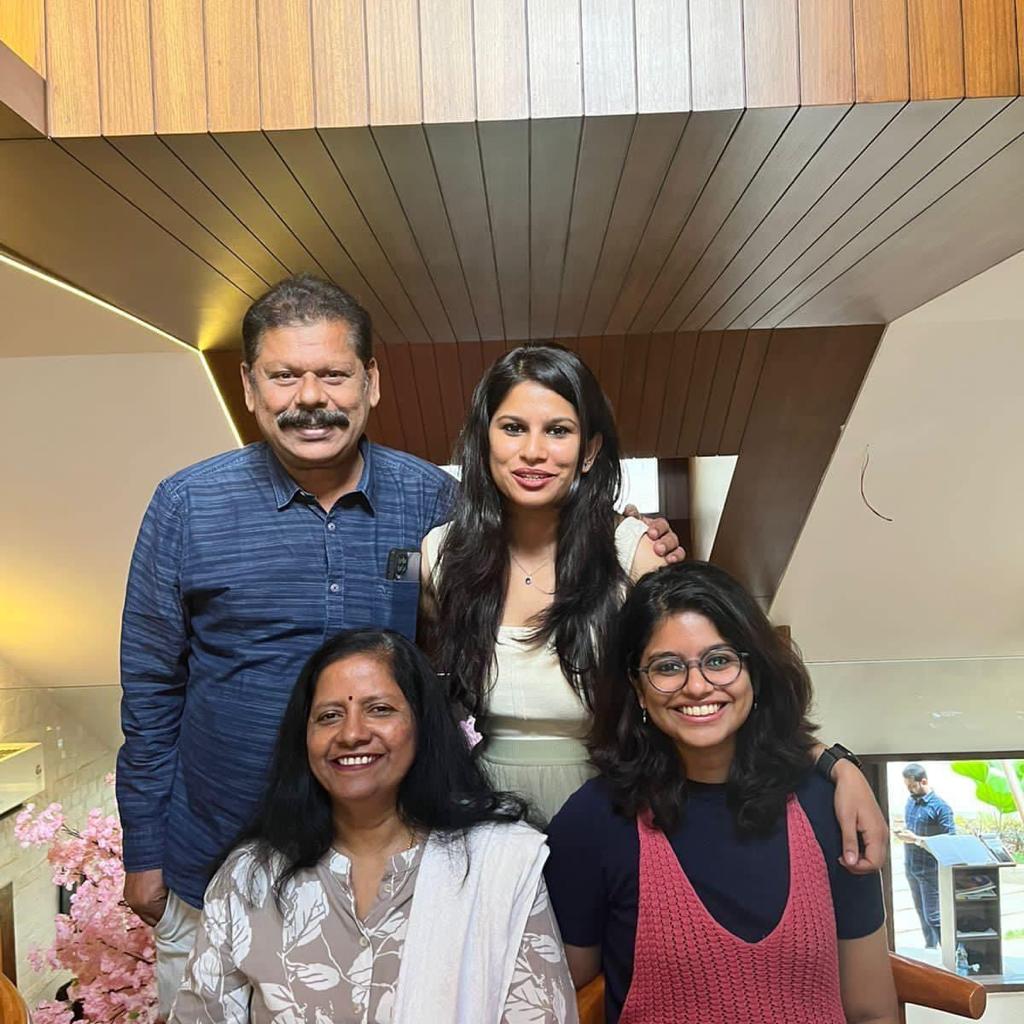
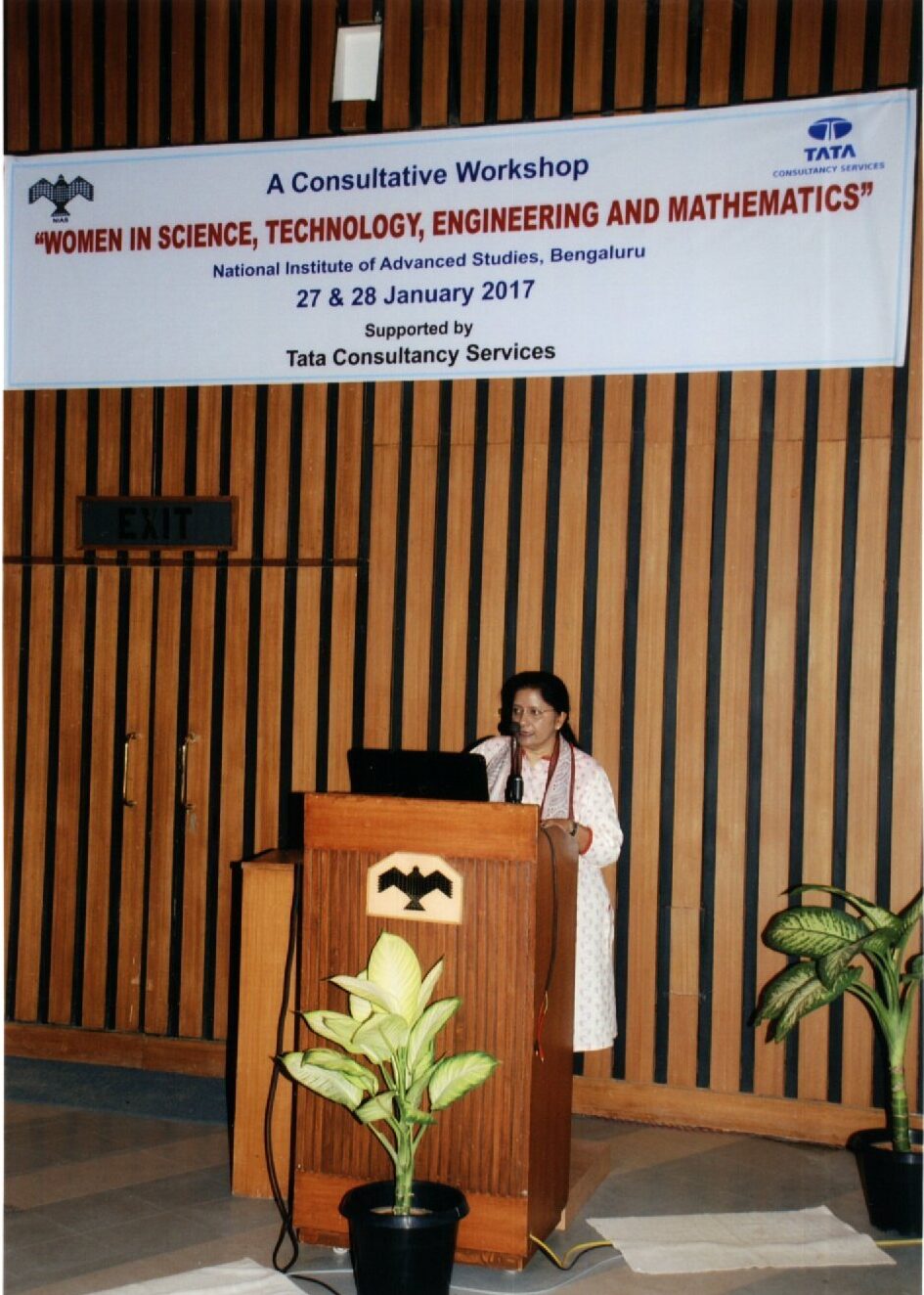
Tracing the beginnings of gender in STEM studies in India has its own difficulties, as the numbers were hardly recorded until the recent decades. Some iconic women are gaining more recognition nowadays, thanks to initiatives like Google Doodles, Wiki marathons and books. However, there is still a need for more research and advocacy to change attitudes, behaviours and systems related to women in STEM.
Collecting data from primary and secondary sources was a challenging task. However, her Trends in Higher Education study changed the scenario by garnering nationwide attention. This study’s data and discussions opened many avenues, including the All India Survey in Higher Education (AISHE). Data from AISHE pointed to a positive trend of growing enrolment numbers of women in STEM fields in India, which was opposite to the problem of low enrolment rates affecting the Western counterparts. This difference brings forth the need to have different research strategies and policies specifically catering to India’s women in STEM.
Kurup’s next work related to data from AISHE highlighted that despite the positive trend in enrolment numbers, India was facing a leaky pipeline issue. After getting a PhD, where do these women end up? What more should be done to translate it into a significant number of women faculty in sciences? She postulates that enrolment numbers alone cannot answer these questions, and there is a need to investigate the socioeconomic and cultural aspects of women and gender roles, as well as the professional outcomes vis-a-vis personal outcomes. “We need to understand the struggles of those who could not survive the system and the strategies and decisions that contributed to the success of women in STEM to delve deep with a holistic approach,” she says.
Kurup faced difficulties while studying women in science as some of her collected data went unused to ensure the participants’ safety and trust. Another difficulty was that women in science, previously considered homogenous as a group, had various levels of heterogeneity — subjects, experience levels, etc. She found that along with these different nuances, a broad pattern existed across academic and non-academic domains where women had to perform much better than men to survive in the system.
In India, women often face challenges when climbing the career ladder due to the timelines of marriage and family commitments. Therefore, they look for various ways to gather support for their personal and professional lives. To understand the scenario for women in STEM in India, Kurup interviewed women scientists and found the initial articulation that a supportive family was important. However, later it became more pronounced that the husband’s support was most crucial as it was instrumental in getting the family’s (particularly the in-laws’) support. In her own life, with her husband’s support, Kurup could plan her pregnancies according to her career’s trajectory. Her mother left her job in Saudi Arabia and returned to India to look after Kurup’s children in their early years of growth.
When most women in STEM juggle multiple responsibilities, it leaves little time for mentoring younger generations. Yet, for those few who manage to dodge or move beyond these problems, Kurup says their stories and strategies must be shared to inspire and motivate others. Anjali Raj, currently a PhD Scholar at Tata Institute of Social Sciences, says that while working with Kurup before joining PhD, she closely saw a kind and supportive professor like Kurup survive academia which is infamous for the opposite. Kurup was extremely supportive of Raj’s health condition due to PCOS and encouraged work-life balance. She hopes that as an early career researcher, she will be able to continue this trend in the years to come.
Several roadblocks exist when it comes to making changes in policy and having effective interventions for women in STEM. A common strategy is to term the issues as society-related, as society is too complex to handle and make effective interventions. Another approach is shifting the blame on the victim — if women leave the STEM fields, it is deemed their problem. Therefore, bringing about positive change requires a lot of effort. Kurup emphasises the importance of understanding conversations in policymaking spaces and the need to delve deeper into what fuels these discussions. One challenge that needs to be tackled is that these conversations tend to go in circles — identifying who and what is perpetuating this cycle will help break it.
When Kurup is asked how she creates an impact as one of the strongest voices and sometimes the only one in such spaces, she attributes that to the confidence from a profound understanding of the concerns and challenges. As a researcher, she emphasises that data should be presented to the policymakers and decision-makers in the form they understand; the language they use needs to be understood very carefully to be able to influence them.
“The key is to articulate so that they hear you clearly and value what you are saying,” she quips. Her strength lies in exploring new methodologies and data points to understand the processes in and between societies, organisations and institutions. She firmly believes that these processes and interactions are unique and require more attention.
Kurup notes that the newer generations are proactive in raising their voices and increasing collective awareness about the issues affecting growth and retention in STEM fields. Some of these barriers affect career progression, such as inherent biases related to women, a lack of transparency in job descriptions, interviews, and prevalent hierarchical structures and frameworks. With younger women in STEM becoming more assertive and younger men becoming more supportive, the actions should be channelled into making interventions at the lower levels, such as institutions, where it is more manageable to implement changes. Some examples of practical changes and possible pathways can be taken from corporate organisations, such as working from home, flexible working hours, and many benefits.
Women are needed in critical numbers to change broader frameworks and policies of institutions or organisations, especially at the top echelons. The path is long for these changes to reach the highest levels of institutions, organisations and governments. It is imperative to have open conversations and convince policymakers and decision-makers that impactful changes benefit everyone, not just women when implemented. The works of Kurup and researchers like her will continue to empower and be discussed on local and global spaces and platforms. Hence, let the tribe of fearless and assertive voices, researchers, and allies increase!
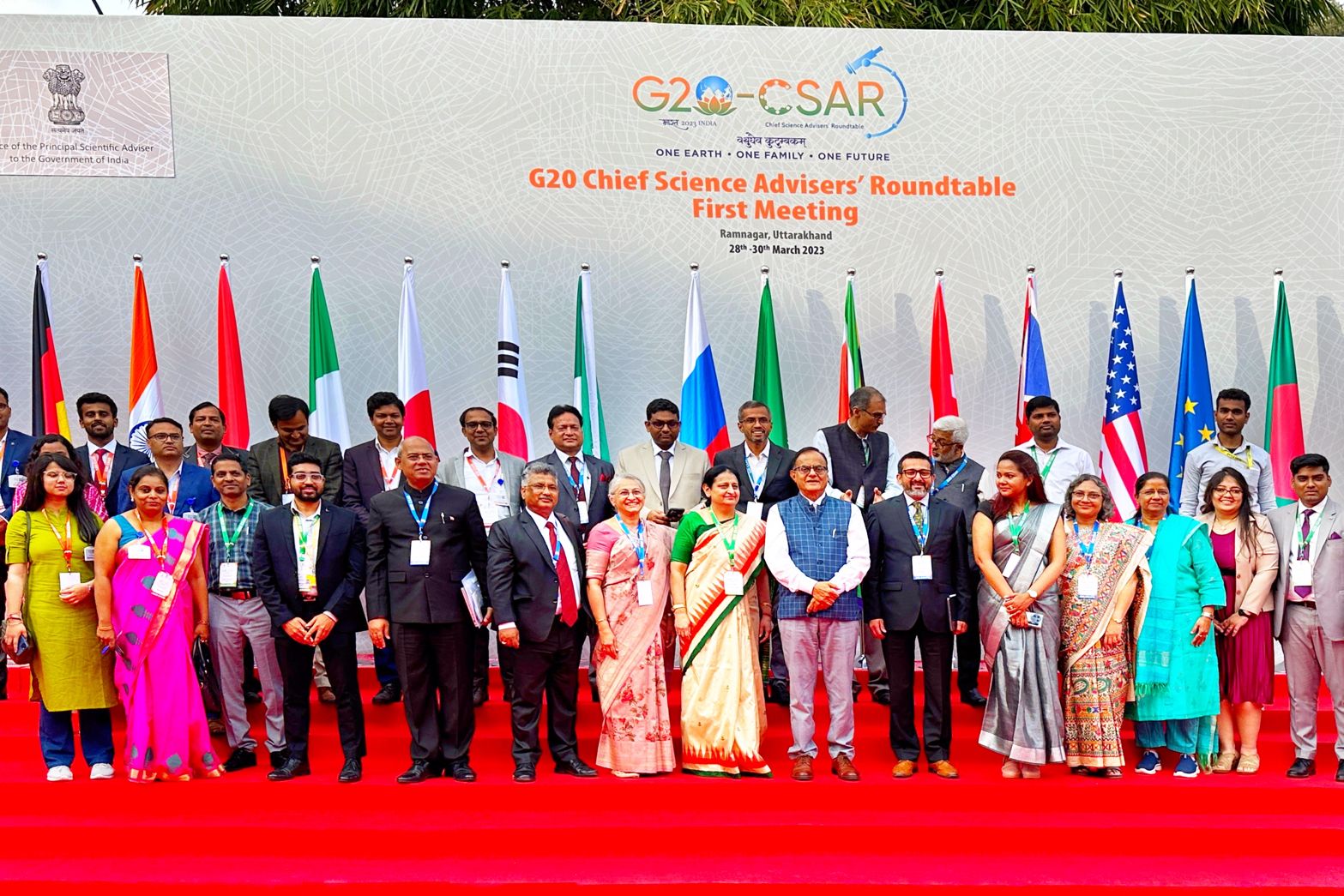
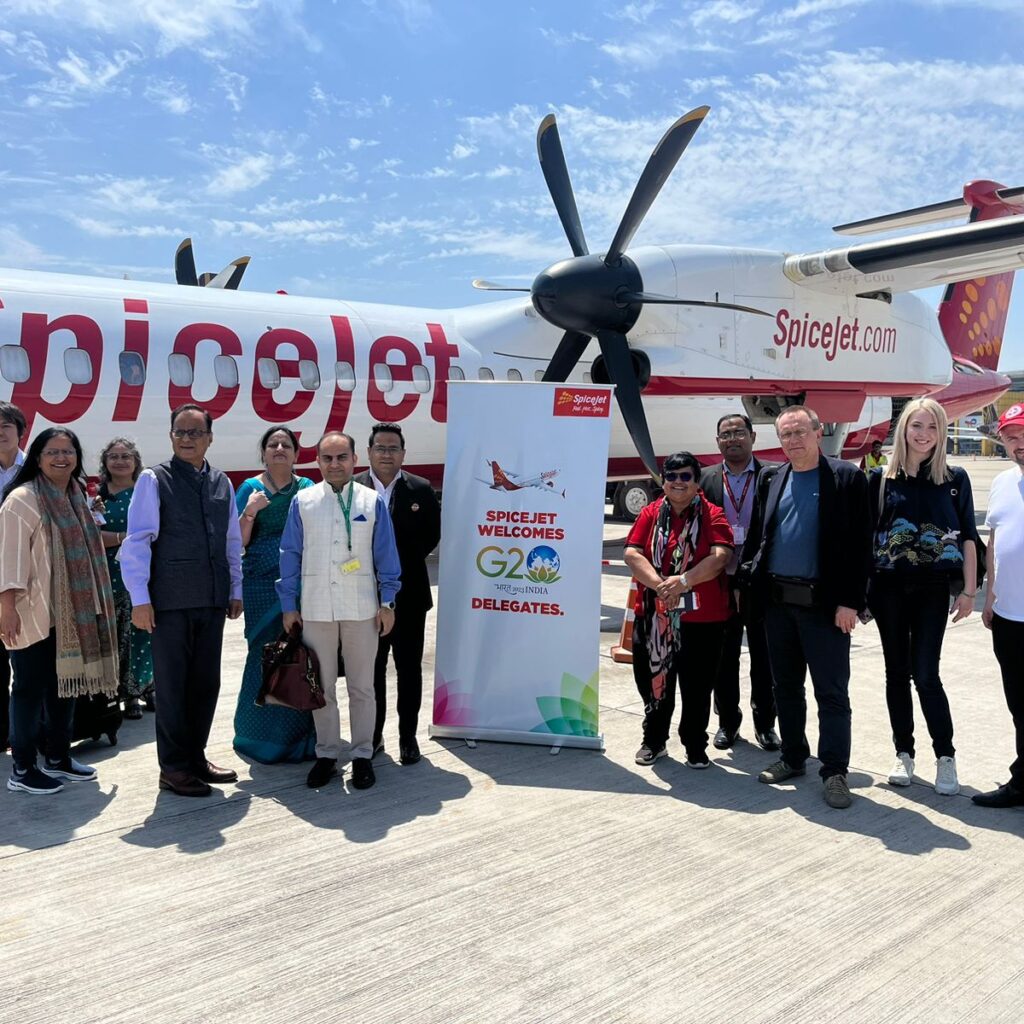

About the author
Sreshtha Mondal is a PhD Candidate in Science Communication at NIAS, IISc campus. With prior educational background in life sciences and biotechnology, she is currently working on Disaster Risk Communication. Outside her doctoral research, her contributions and fellowships related to science communication have won accolades from MIT (USA), Harvard, Wellcome Trust (UK), Microsoft-WWF India and others. She is also interested in science policy and likes to work on initiatives related to women in STEM

Add a Comment